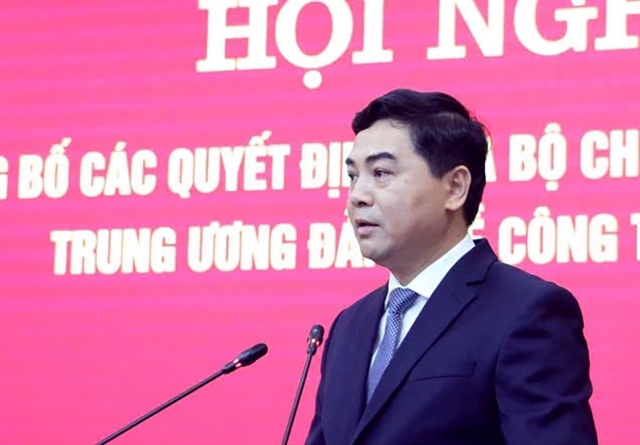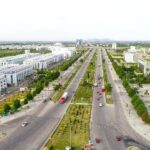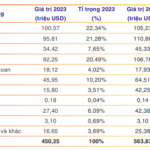Prime Minister Pham Minh Chinh has approved the election results for the position of Chairman of the People’s Committee of Thanh Hoa Province for the 2021-2026 term, appointing Mr. Nguyen Hoai Anh, an alternate member of the Party Central Committee and Deputy Secretary of the Thanh Hoa Provincial Party Committee for the 2020-2025 term.
Chairman of the Thanh Hoa Provincial People’s Committee Nguyen Hoai Anh was born in 1977, originally from Quang Nam (now part of Da Nang City).
He holds a Master’s degree in Public Administration, is a licensed Architect, and has a Bachelor’s degree in English Literature, along with advanced political theory qualifications.
 |
Mr. Nguyen Hoai Anh has held several key positions in the former Binh Thuan Province, including Secretary of Tuy Phong District Party Committee, Deputy Head of the Provincial Party Committee’s Internal Affairs Board, Head of the Provincial Party Committee’s Public Relations Board, Vice Chairman of the Provincial People’s Council, Standing Deputy Secretary of the Provincial Party Committee, Chairman of the Provincial People’s Council, and Secretary of the Binh Thuan Provincial Party Committee.
From July 2025, following the provincial merger, Mr. Nguyen Hoai Anh served as Standing Deputy Secretary of the Lam Dong Provincial Party Committee.
On September 17, the Thanh Hoa Provincial Party Committee announced the Politburo’s decision to transfer and appoint Mr. Nguyen Hoai Anh to the Provincial Party Committee’s Executive Board, where he assumed the role of Deputy Secretary of the Thanh Hoa Provincial Party Committee.
On the same day, during the 33rd session of the XVIII Provincial People’s Council for the 2021-2026 term, delegates elected Mr. Nguyen Hoai Anh as Chairman of the Thanh Hoa Provincial People’s Committee for the XVIII term, 2021-2026.
N.THAO
– 11:35 23/09/2025
Van Thi Bach Tuyet Appointed Deputy Secretary of the Ho Chi Minh City Party Committee
Ms. Van Thi Bach Tuyet, a member of the Ho Chi Minh City Party Committee and Head of the City’s Organization Board, has been appointed as Deputy Secretary of the Ho Chi Minh City Party Committee.
Prime Minister: Thanh Hoa Aspires to be a Growth Hub for Northern Vietnam and Beyond
As the nation rejoiced in the Lunar New Year celebrations, welcoming the Year of the Snake 2025, Prime Minister Pham Minh Chinh paid a special visit to disadvantaged families, low-income households, and hardworking laborers in Ngoc Lac, Thanh Hoa province, on the morning of January 26th (the 27th day of the lunar month).
The New Urban Expansion: Encompassing Nearly 1,400 Hectares, Three Townships Unite to Form a Vibrant Metropolis in Thanh Hóa, Accommodating a Thriving Population of Tens of Thousands.
The People’s Committee of Thanh Hoa province has approved the master plan for Hoi Dao town, Nga Son district, with a vision towards 2045. This decision, outlined in Resolution No. 4596/QD-UBND, sets a bold vision for the future development of this vibrant urban center.













































